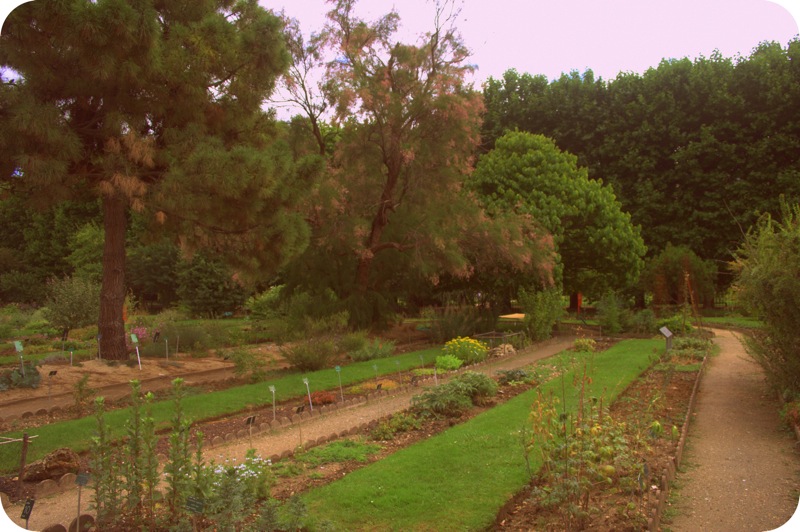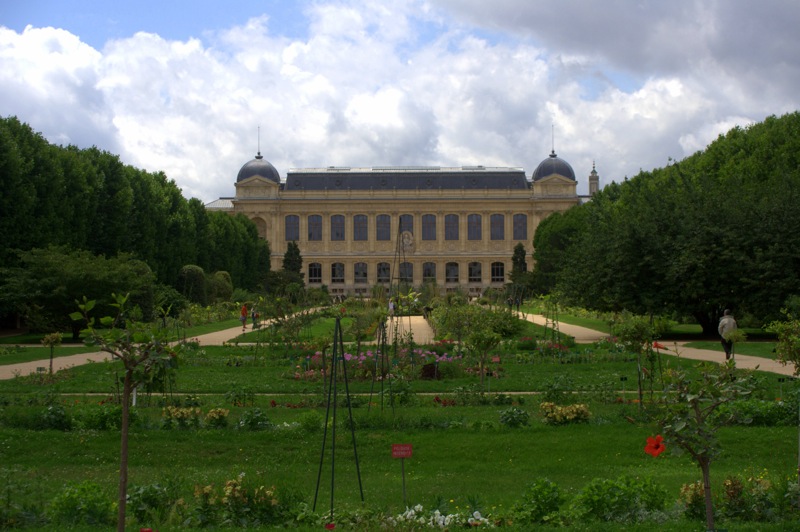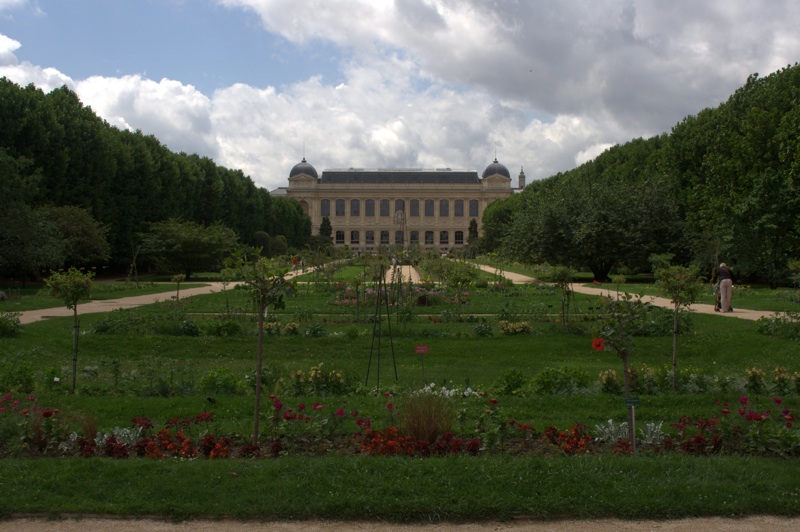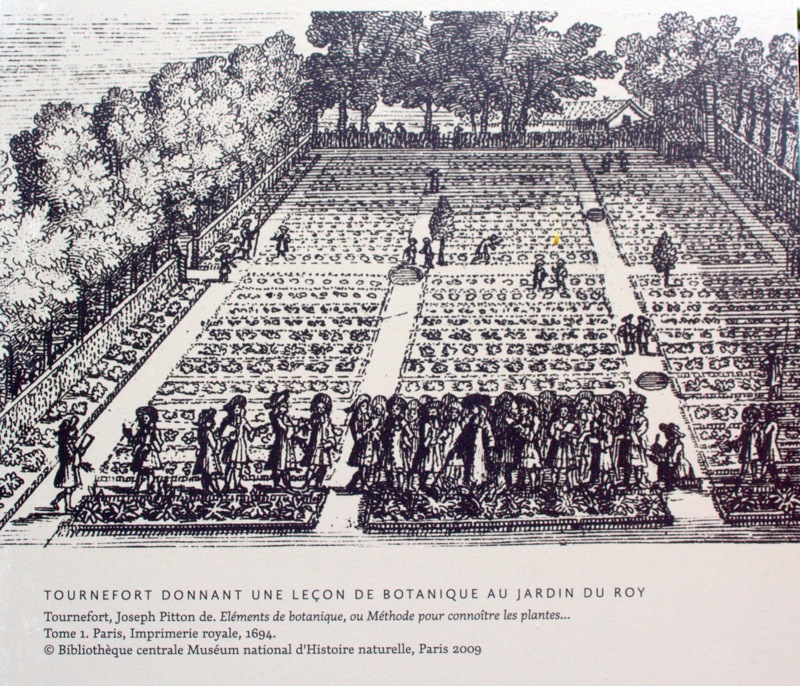France (Wikipedia)
Lister did not mention the Jardin (now known as the Jardin des Plantes) in his memoirs or pocketbook, but his travelling companion Philip Skippon described the professors they met there in some detail:
Monsieur Joncquet is professor in the king’s garden, which is a handsome large place, but that at Montpellier is bigger and more pleasant.
Monsieur Marchand, formally an apothecary, hath travell’d some parts of the Levant, and is very skilful in herbs; he hath the best hortus Siccus that we ever saw, the plants being nearly fastned on with a glew . . . Among the dry’d plants Medica Ciliaris 1 & ferrum equinum siliqua muliplici, 2 are most remarkable.
Dionys Joncquet, a professor in the Jardin du Roi, wrote a magisterial catalogue of the 4,000 plants grown there. Founded in 1626 as a garden primarily dedicated to medicinal plants, the Jardin du Roi hosted courses on botany, zoology, and forestry. Along with the garden at Montpellier, it was considered an essential stop for any botanical explorer, part of a network of collections and curiosity cabinets that genteel collectors and natural historians would visit. Lister and Ray also met Guy Crescent Fagon (1638-1715), a court physician and described by Ray as ‘a very ingenious person and skilful herbarist who had the greatest hand in the editing of the Catalogue of the Physic Garden then put forth and was employed in the laboratory and apothecary shop’. 3 Fagon would later be appointed by Jean Baptiste Colbert to be keeper of the Montpellier Botanic Garden in 1693, expanding it immensely, and growing and distributing the first coffee plants in France.
Gallery
Back to top
- Medicago ciliaris ↩
- Hippocrepis unisiliquosa ↩
- Charles Raven, John Ray: Naturalist (Cambridge: Cambridge University Press, 1986), 138. ↩




